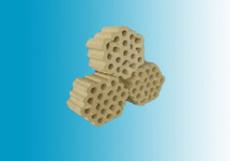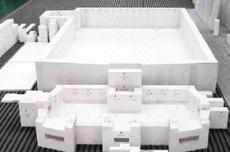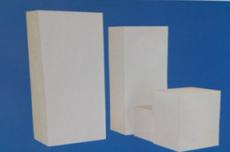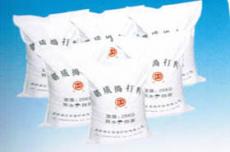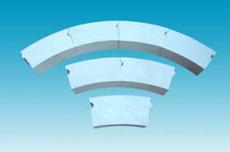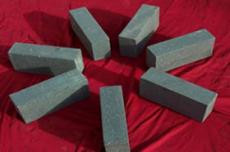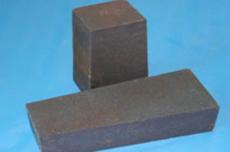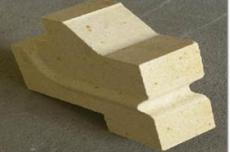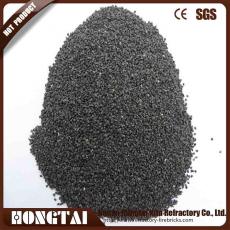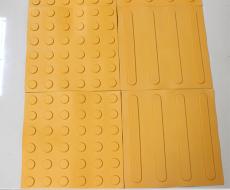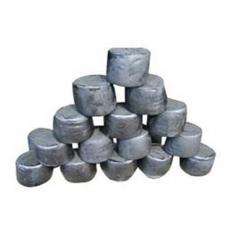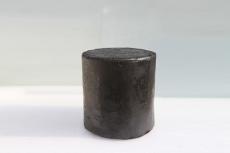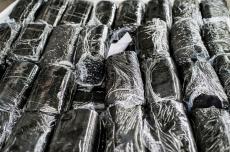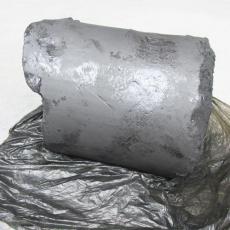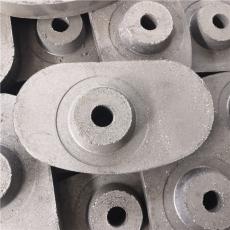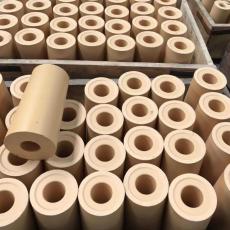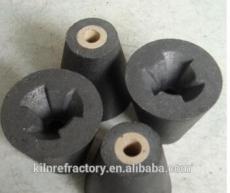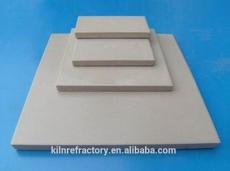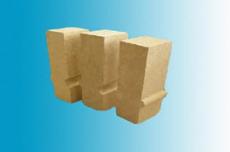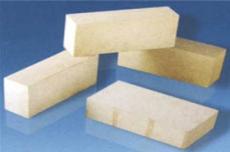
What refractory materials are used for boilers? Should we choose refractory castables or refractory bricks? What is the difference between refractory castables and refractory bricks for boilers?
Boilers are common thermal equipment used in many industries such as metallurgy, electricity, and building materials to provide heat sources. Different industries choose different types of boilers. Regardless of the type of boiler, it is necessary to burn materials to provide heat sources for recycling. The boiler lining requires wear-resistant refractory materials. Whether it is refractory bricks or refractory castables, it must meet the use requirements of the boiler lining.
Refractory castables are a kind of amorphous refractory material. They are a granular material composed of refractory raw materials such as refractory aggregates and refractory powders, and are mixed with binders and admixtures. When used, add appropriate water, stir according to requirements, and then pour into the installed mold. After curing, baking, demoulding and other processes, it is put into use.
Refractory castables can produce suitable casting materials according to the application parts of the boiler. By selecting high-quality refractory raw materials, refractory castables of various materials can be processed, such as high-aluminum castables, mullite castables, corundum castables, etc. Wear-resistant refractory castables for boilers are generally high-aluminum wear-resistant castables and corundum wear-resistant castables. The appropriate refractory castables can be selected according to the requirements of the use part for casting lining. Refractory bricks are the main refractory materials used in industrial kilns. Refractory bricks can be selected according to the requirements of the use part. Several high-quality refractory aggregates are selected as the main refractory raw materials, powders, binders, etc. are added, stirred, pressed into shape, dried, and then sent to the high-temperature kiln for firing. Refractory bricks can be designed with a variety of brick types according to the masonry parts, and refractory mud is used to bond the refractory bricks together. Refractory bricks can be masonry to the required thickness according to demand. Refractory bricks for boilers also need to follow the principles of wear resistance, erosion resistance, thermal shock resistance, etc. They need to have high temperature performance and resist the long-term scouring and erosion of materials and airflow placed in the boiler.
The advantages of refractory castables for boilers are short production cycle, easy construction, can be cast according to the construction site, and can be cast according to construction requirements, but the construction process is more important. The quality of construction is closely related to the long-term use of the lining cast by refractory castables for boilers.
The advantages of refractory bricks for boilers are convenient masonry, good integrity of masonry lining, and refractory bricks fully integrate refractory raw materials during the firing process, and the fired refractory bricks better resist the erosion of slag. However, the requirements for refractory bricks for boilers are high, and the price of refractory bricks is relatively expensive.
From the difference between refractory castables and refractory bricks, it is better to choose refractory castables for boiler refractory materials in the long run.
